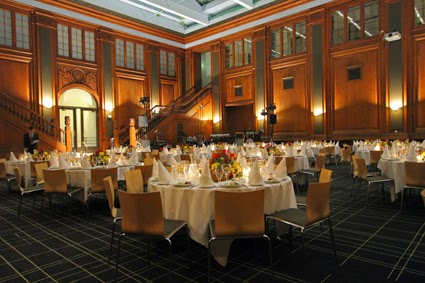 |
| Knippel's Bridge with a tram in 1969 Source: www.tog-billeder.dk |
Facts
- Built: 1935-1937
- Length: 115 m
- Width: 27,4 m
- Type: bascule bridge
From defence works to a bascule bridge
The first bridge in the Harbour of Copenhagen was built by (not surprisingly) IV Christian king of Denmark. Most of today's architecture sights in Copenhagen were raised by this king. That bridge, which was constructed between 1618-1620, connected the old city with the new defence works called Christianshavn. Christianshavn (today name of a district) had the purpose to protect the city from attack coming form the see. Today's bridge is the latest 'descendent' of the original bridge from the 17th century.
 |
| Burmeister Bridge Source: www.chrarkiv.dk |
A century later, in 1816, the wooden bridge was rebuilt once again, however instead of the four Hercules statues they decorated it with four wooden figures called: The Four Winds.
As the wooden structure became outdated, a new iron bridge was built next to the old one in 1869, according to the plans of Burmeister and Wain Company. Hence, locals called the new iron bridge 'Burmeister Bridge'.
.jpg) |
| 200 kronor banknote |
In 1908 a new iron bridge was built by the architect Axel Berg.
Finally in 1937 the Knippel's Bridge gained its recent shape by Kaj Gottlob architect, who totally rebuilt the bridge.
Mr. Knippel
Initially the bridge was called 'Great Amager Bridge' or 'Long Bridge' (Don't mix it up with the Langebro, which is the other or the two present bridges). However, the local population started to call the bridge Knippel's Bridge after Hans Knippel, who was the caretaker and toll collector of the bridge and his house (Knippel's House) stood at the Amager side of the bridge. |
| Knippel's Bridge with tram line nr. 2 Source: www.vognstyrer.dk |
Interesting
This bridge is drawn on the 200 kronor banknote since 2009.From 1863 until 1972 many trams were running on the streets of Copenhagen until a political decision was made to replace them with buses. Tram line nr. 2 was crossing the harbour on Knippel's Bridge (see picture up and to the right).
The characteristic green control tower of the bridge is rarely used anymore as it is very unusual nowadays to open up the bascule bridge. However, the distinct green tower is still a symbolic part of the capital city and even appears in movies like the 'Olsen-bandens sidste be drifter' from 1974.
Video
The video shows Knippel's Bridge in 1969 (from 1' 5 sec).





